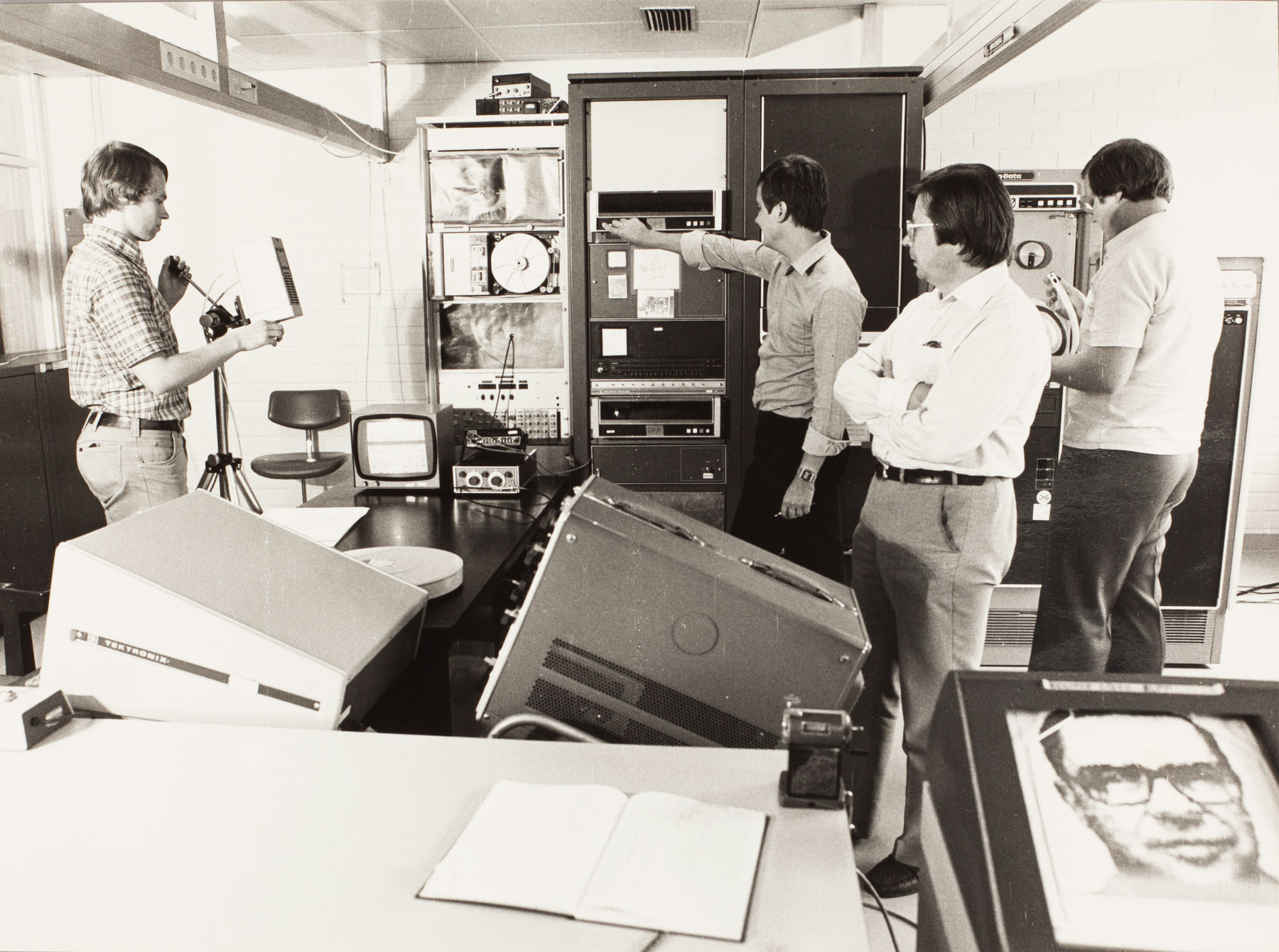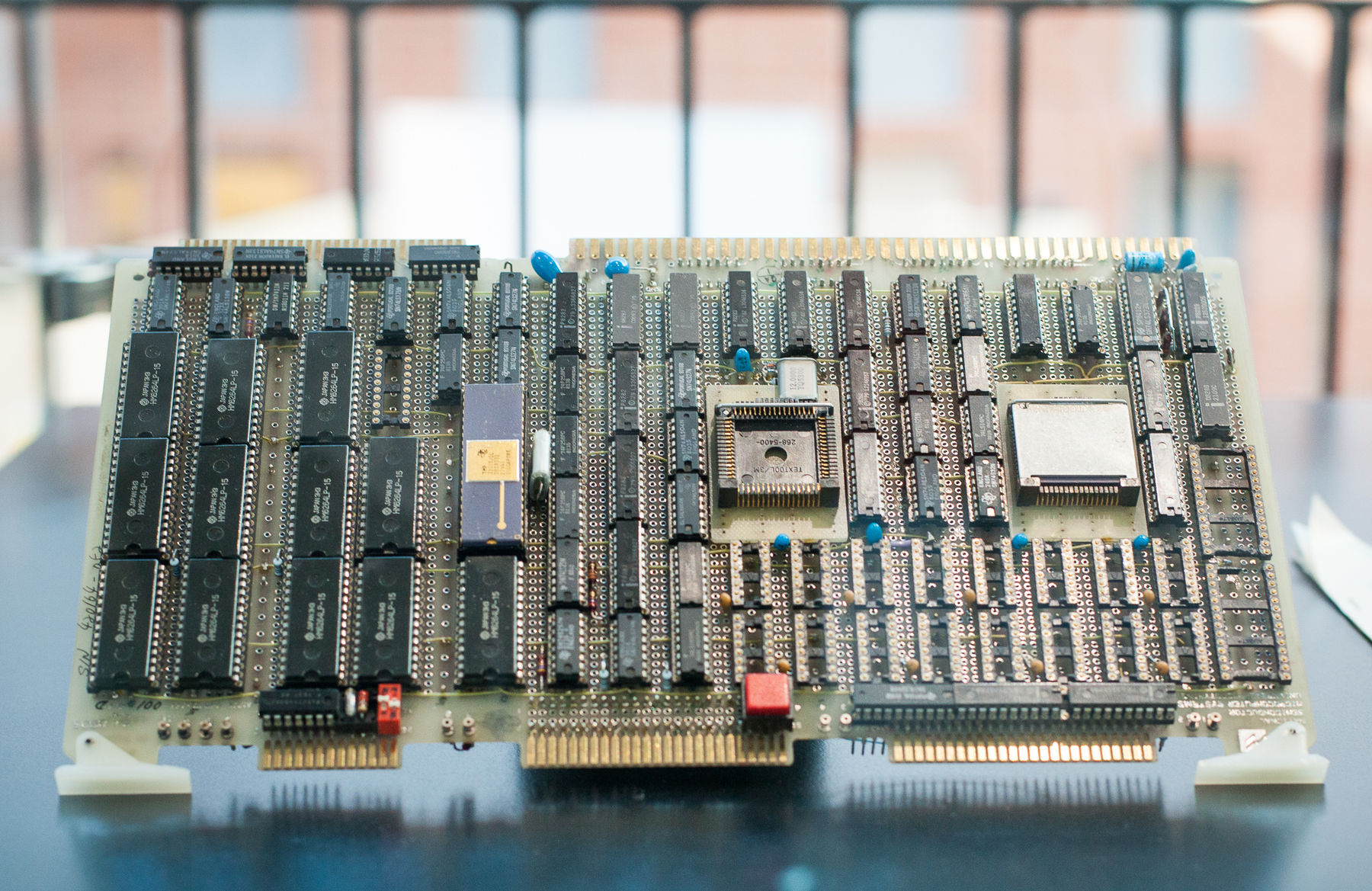SPEAKING IN CODE:
LANGUAGE AND NEURAL NETWORKS IN FINNISH AI

A trailblazer in AI research sought inspiration from the human brain
The pioneering work of Teuvo Kohonen was one of the most cited Finnish scientific publications of its time. It left a mark that can still be seen in the world of science.
In January 1982, the Biological Cybernetics journal made Finnish scientific history. It published an article by the Helsinki University of Technology (HUT) professor Teuvo Kohonen (1934–2021) on a novel neurocomputing algorithm, which Kohonen had named a self-organising map (SOM).
It was a method for organising information in which the algorithm forms clusters from observations with similar values and presents these clusters on a map. The self-organising map aroused so much interest in the neural network research community that Kohonen's article gradually became one of the most cited Finnish research papers of its time.
Erkki Oja, a former student of Kohonen’s and professor emeritus in computer science, remembers how Kohonen sought inspiration in the way the human brain processes information. ‘Kohonen tried to turn his reasonings into mathematical algorithms and methods that are these days called artificial intelligence (AI),’ Oja says.
In the 1980s, people were divided into two camps based on their views on the mechanisation of thought processes. Some researchers saw computers as a system for modelling brain activity using logical relations and rules. Kohonen, on the other hand, was in favour of neurocomputing, which was based on describing information processing at the level of neural networks.
These days, both views are considered artificial intelligence, and Kohonen is recognised as a pioneer in AI research.
Learning from real data
Oja remembers how Kohonen emphasised that algorithms must be tested using real data. The first practical application for the self-organising map was found in speech recognition research. ‘It was one of the best takeaways he gave to our group. Don't carry out experiments on artificial data; use measured data that represents something real,’ he recalls.
Later, Kohonen’s innovation was used in various fields, such as chemistry, medicine, process industry and electrical engineering. Methods such as deep-learning neural networks have since replaced Kohonen’s map as a research subject, but the mark left by Kohonen can still be seen in the Finnish world of science.
Professor Samuel Kaski of Aalto University, who studied the self-organising map for his dissertation, says that Kohonen set an encouraging example of doing pioneering research and had an indirect impact on the research and education areas of Finnish universities.
Kaski underscores that Finnish AI research now occupies a much more prominent position than in the past decades. It's no longer a question of just one professor and a few of his students. ‘Finnish AI research plays a significant role also on a global scale,’ he says.
Text by Panu Räty

Speech recognition brings AI to the real world
In the future, artificial intelligence will solve increasingly difficult problems, from designing drugs to improving user interfaces.
Finnish is a tough nut for customer service robots and voice-activated applications to crack.
‘Spoken Finnish differs a great deal from the formal written language,’ explains Mikko Kurimo, professor in speech and language processing at Aalto University. ‘People use different words and shorten and combine them. To manage all that, you need large amounts of spoken language teaching material and new, multilevel algorithms.’
For decades, speech recognition has been an important testbed for AI methods. Deep neural networks are used at different stages of the process. These are machine learning models made up of multiple layers of intercommunicating calculation nodes.
‘Speech recognition is one of those technological applications that have brought AI to the real world,’ Kurimo says. Finnish companies developing language technology already use research done at Aalto in voice-activated customer service robots, TV subtitling, and speech recognition solutions for healthcare.
According to Kurimo, speech recognition research focusing on small languages, such as Finnish, Fenno-Swedish and North Sámi, is important because global tech giants focus mainly on English and other big languages. ‘No one else will develop the best algorithms and technologies for our languages for us, so we have to do it ourselves,’ he says.
Samuel Kaski, professor in computer science at Aalto University and director of the Finnish Centre for Artificial Intelligence (FCAI), adds that research on these small languages may produce universal speech recognition models that are also suitable for the world’s other small languages. ‘As a vital small language, Finnish is therefore a good research subject,’ Kaski says.
An environment that values cutting-edge research
FCAI particularly emphasises the development of intelligent aids based on machine learning solutions that combine mathematical statistics and computer science. AI systems could help humans working to design machines, user interfaces and drug molecules, for example.
One important research subject is combining machine learning with data analysis to ensure that personal information in the source data cannot be identified. ‘This would enable us to use, for example, hospital data in medical research without compromising privacy,’ Kaski says.
FCAI is part of the ELLIS Society, the European Laboratory for Learning and Intelligent Systems, which aims to improve the conditions for AI research in Europe. Kaski points out that, in the interest of national competitiveness, Finland should strive to remain an attractive research environment for AI experts.
‘We have to create an environment that values cutting-edge research,’ he says. We can become a global leader by providing networking opportunities for top researchers.’
Text by Panu Räty